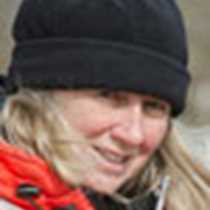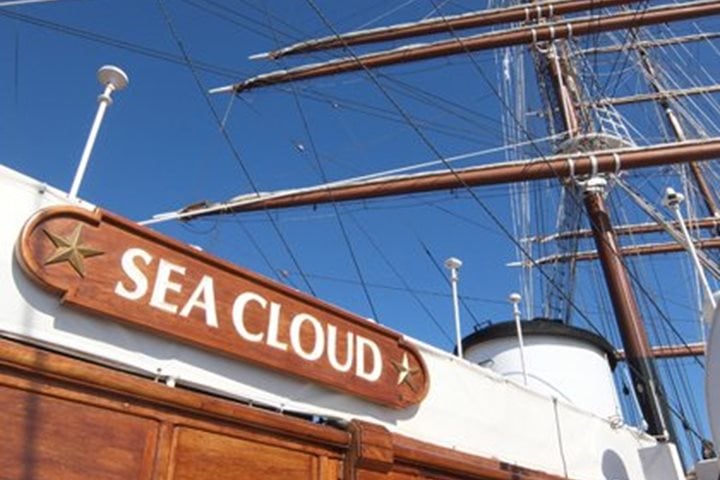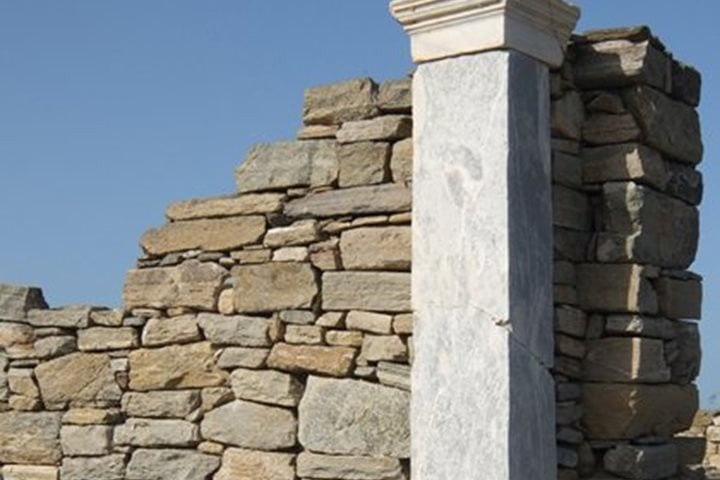Everybody slept soundly after yesterday’s long afternoon at Ephesus, and the breakfast buzz in Sea Cloud’s original lounge and dining room was alive with refreshed energy and enthusiasm. Usually we like to start a Sea Cloud voyage with a morning at sea under sail, but sailing is about the relationship to the wind, and today’s forecast predicted more favorable sailing in the afternoon. Thus, we went ashore on our first morning to the stunning and seemingly forgotten Temple of Apollo in Didyma to save the sailing for later in the day.
The light was excellent, the temperatures comfortable, and the temple impacting, with its enormous columns, blocked steps and walls. Two and a half millennia of earthquakes had tumbled most of the 122 columns into gigantic blocks of rubble, but three columns had somehow remained standing to convey the enormity of the temple, while its reconstructed walls shown the grandeur of this sanctuary to the god Apollo. This was the site of the eastern oracle—the counterpart to Apollo’s western oracle at Delphi—and it was here that the female prophetess would inhale the vapors from the natural spring after three days of fasting, and then utter tranced chantings that the temple priest would interpret. The Didymaion, or inner temple, never had a roof, and was architecturally extraordinary in the many changing styles that evolved with religious priorities and interpretations over the 600 years that it was being built. For us, it was most impacting for its gargantuan columns, its overall size, the enigmatic Medusa faces on the marble blocks, and the fact that nobody else was here at this stunning and gigantic temple which we could explore on our own, inside out!
We returned to Sea Cloud to find that the ship had a gangway lowered into the water for a refreshing morning swimming opportunity. The Mediterranean is a very saline sea, with over 38 ppt (parts per thousand). This is due to more annual evaporation than fresh-water replenishment over thousands of years, and it makes the water pleasantly buoyant. We could taste the salt, and many of us had a lot of fun on the floating mattresses and swimming under the towering masts of Sea Cloud.
And then it was time to set the sails. There was almost no wind at 1400 when Captain Komakin sent the crew to sail stations to “Hit the Rigg,” but we were fascinated with the process and the play-by-play explanation by our expedition leader as the crew climbed aloft to set all the square sails, as well as the topmast staysails and the inner and outer jib. The air was almost still, yet we were somehow sailing at one knot. But as the Turkish coast heated up in the afternoon sun, the sea air started to blow into land and slowly, slowly, slowly the wind picked up and filled the sails. We were sailing a true hand-sailed square rigger, and it was magnificent! None of us could actually believe that we could have this kind of experience in the 21st century, and this was only our first day aboard. More tomorrow!









